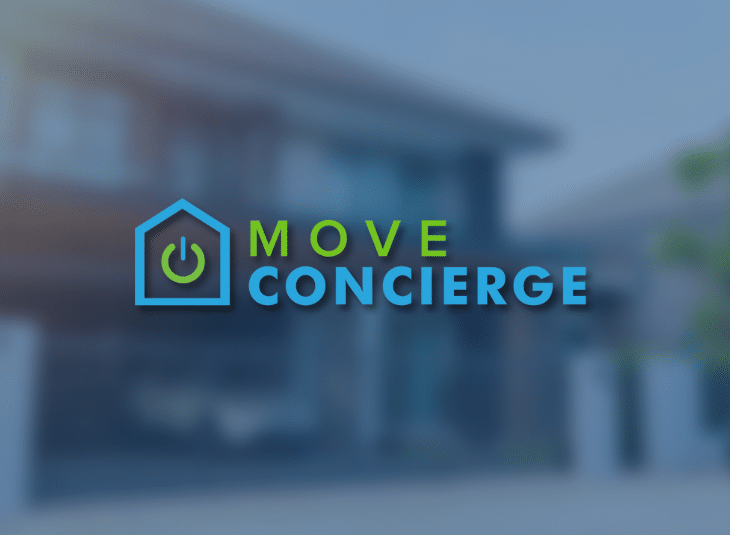Stay connected without the stress
We’ll find the best internet plan with the right speed at the best price.


We'll find your perfect internet connection
At Move Concierge, we make it simple to choose the internet service that fits your lifestyle and your budget. From fiber to cable, 5G home internet, or options like DSL and satellite, we help you find the connection that works best for you. Whether you’re streaming in 4K, working from home, gaming online, or just checking emails, we’ll guide you to the right provider and plan, so you can stay connected without overpaying.
Choosing the right internet connectivity varies by availability and customer preference. In more rural areas, some connectivity types may not be available. Below is a list of the five main internet connectivity types with a quick overview, including the benefits and challenges of each.
The main internet connectivity types:
Fiber
Very high internet speeds, the fastest connection, matching upload and download speeds
Benefits:
- Great when working from home
- Streaming TV
- Playing video games
Challenges:
- Only available to about 48% of U.S. households
Best for:
- Heavy streaming
- Gaming
- Remote work
- Smart homes
Cable
Internet is delivered over TV cable lines
Benefits:
- Available to nearly 82% of U.S. households
- Typically for households with multiple users
Challenges:
- Speeds slow down during peak hours
- Higher network latency
- Slow upload speeds
Best for:
- Families with multiple users
- Browsing
- Gaming
5G home internet
Wireless internet using 5G cellular networks
Benefits:
- Quick installation (plugs directly into an electrical outlet)
- Mobility
Challenges:
- Potentially inconsistent coverage
- Performance dependent on signal strength
- Potential data caps
Best for:
- Urban/suburban homes where fiber or cable isn’t available
- Renters needing easy setup
DSL
Internet is delivered over telephone lines
Benefits:
- Affordable
- Widely available in rural areas
- Performance depends on distance from central office
Challenges:
- Much slower speeds (usually under 50 Mbps)
- Older technologies
- Varying reliability
Best for:
- Basic browsing
- Light streaming - often rural areas
Satellite
Internet delivered via satellite signals
Benefits:
- Available almost everywhere
- Ideal for rural or remote areas
Challenges:
- Higher latency lags (especially on video calls and gaming)
- Data caps
- Impacted by weather performance
- Generally more expensive for the speed offered
Best for:
- Remote areas with no other option
Technical considerations
Streaming video
10 Mbps (SD), 25 Mbps (HD), 100 Mbps (4K)
Video calls
25 Mbps (1:1 call), 50 Mbps (conference call)
Online gaming
100 Mbps
Social media
10 Mbps
1 Mbps
Web browsing
5 Mbps
Security camera
5 Mbps
The main internet connectivity types:
Fiber
Very high internet speeds, the fastest connection, matching upload and download speeds
Benefits:
- Great when working from home
- Streaming TV
- Playing video games
Challenges:
- Only available to about 48% of U.S. households
Best for:
- Heavy streaming
- Gaming
- Remote work
- Smart homes
Cable
Internet is delivered over TV cable lines
Benefits:
- Available to nearly 82% of U.S. households
- Typically for households with multiple users
Challenges:
- Speeds slow down during peak hours
- Higher network latency
- Slow upload speeds
Best for:
- Families with multiple users
- Browsing
- Gaming
5G home internet
Wireless internet using 5G cellular networks
Benefits:
- Quick installation (plugs directly into an electrical outlet)
- Mobility
Challenges:
- Potentially inconsistent coverage
- Performance dependent on signal strength
- Potential data caps
Best for:
- Urban/suburban homes where fiber or cable isn’t available
- Renters needing easy setup
DSL
Internet is delivered over telephone lines
Benefits:
- Affordable
- Widely available in rural areas
- Performance depends on distance from central office
Challenges:
- Much slower speeds (usually under 50 Mbps)
- Older technologies
- Varying reliability
Best for:
- Basic browsing
- Light streaming - often rural areas
Satellite
Internet delivered via satellite signals
Benefits:
- Available almost everywhere
- Ideal for rural or remote areas
Challenges:
- Higher latency lags (especially on video calls and gaming)
- Data caps
- Impacted by weather performance
- Generally more expensive for the speed offered
Best for:
- Remote areas with no other option
Technical considerations
Streaming video
10 Mbps (SD), 25 Mbps (HD), 100 Mbps (4K)
Video calls
25 Mbps (1:1 call), 50 Mbps (conference call)
Online gaming
100 Mbps
Social media
10 Mbps
1 Mbps
Web browsing
5 Mbps
Security camera
5 Mbps
Trusted by nationwide providers
How it works

We handle setting up your utilities so you can focus on what matters most.

We create a personalized moving plan tailored to your specific needs.

We compare the best products and promotions available with you.

We strategically coordinate service installations on your timeline.
Expert tips & insights

Get your internet connected hassle-free
No more comparing dozens of plans or waiting on hold with providers. We'll find the perfect internet package for your needs and handle the entire setup process from start to finish.









